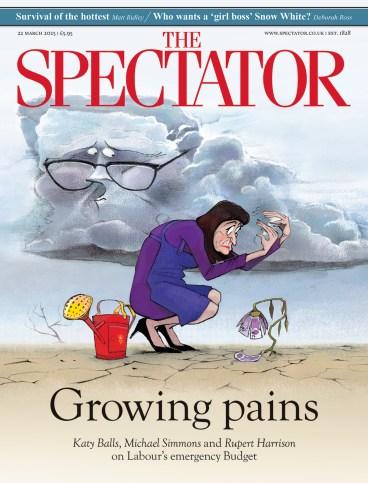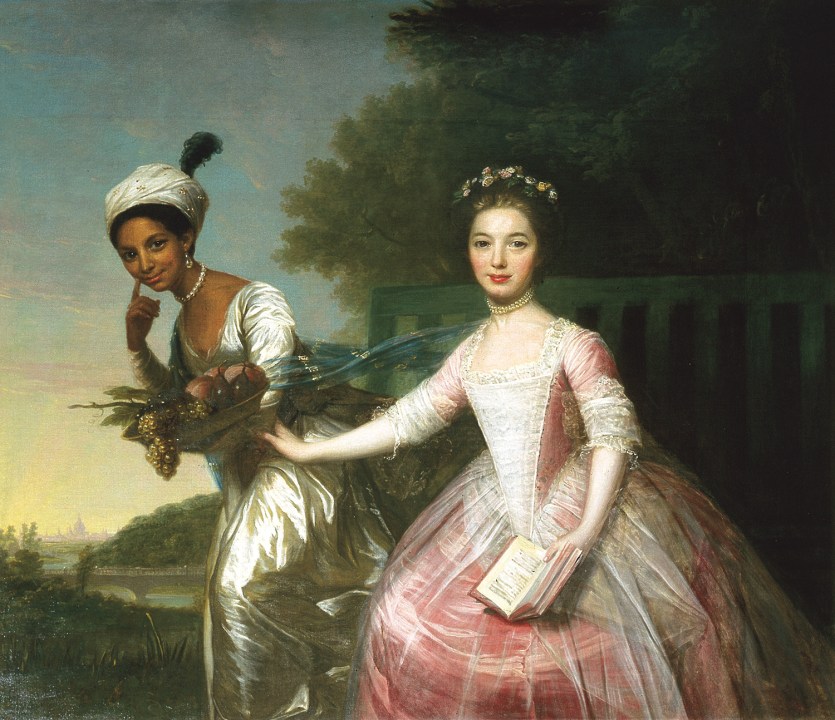
Optimists believe that the tide of ‘wokeness’ is now ebbing. If so, the message has not yet reached Cambridge, whose wonderful university museum has its classical façade covered in sententious phrases in neon, and which has recently opened a new exhibition in agit-prop style: Rise Up: Resistance, Revolution, Abolition. Such activism is fully in step with the Museums Association, the curators’ club that instructs its members to turn their institutions into activist cells.
If all this makes its founding benefactor Viscount Fitzwilliam turn in his grave, all the better: he is stigmatised as a profiteer from the slave trade, even before one reaches the cloakroom. The same accusation was made in the museum’s earlier exercise, Black Atlantic, which Rise Up emulates and in places simply reproduces. The museum he splendidly endowed now condemns him for owning investments in the South Sea Company, although that organisation had ceased involvement in human trafficking years before Fitzwilliam was born. The exhibition programme denounces him for donating South Sea annuities to build the museum, blithely unaware that these annuities had no connection whatever with the slave trade.
But accuracy, balance, complexity, context, even basic coherence are of small account compared with the need to teach a grim lesson. In brief, that slavery was terrible; that the British were largely to blame; that when they eventually repented and abolished slavery, it was because it was ceasing to be profitable, so they replaced it with alternative forms of exploitation; that, in any case, abolition was primarily due to resistance by the slaves themselves, especially women; and finally, that not much has changed today (by which they are not alluding to modern forms of servitude in the Arab world or China, but to supposed ‘intergenerational and present-day harms’ caused by the legacy of slavery in Britain).
A naive visitor might find this confusing. If Britain abolished slavery because it was no longer profitable, why did it require a bloody war to do the same in the United States a generation later, and why did slavery continue to boom in parts of South America until the 1880s? If things are not much better today, does that mean that the ‘resistance’ was for nothing? But this kind of exhibition is not meant to provoke awkward questions. The lines between explanation and preaching, and between fact and imagination, are constantly blurred. Whatever does not fit the message is downplayed or ignored.
This is a pity, because the exhibition contains many interesting, surprising and even beautiful things. On show – and available to hear – is the earliest known example of African music captured by western notation, written down at festivals by slaves and former slaves. Elsewhere a very different kind of music – an excerpt from The Magic Flute in a French adaptation, L’Entrée du Roi, en sa capitale, by the Haitian polymath Juste Chanlatte – can also be listened to. It was performed at the court of King Henry I of Haiti, who in 1811 created a European-style monarchy under British patronage on the ruins of the famous or notorious, depending on your view, Haitian Republic. We are told nothing about who among 18th-century Europeans were interested in African music, or why the liberated Haitians might admire Mozart. The saga of King Henry could have been a way of approaching the complexities and moral ambiguities of slavery, race and culture.
The devout Countess of Huntingdon, friend and patron of black abolitionists but also a beneficiary of slave plantations, is accused of ‘double think’. She was not the only one, though the only one criticised by the curators. King Henry used what is coyly called ‘forced labour’ to build his palace of Sans Souci, and to revive Haiti’s plantation economy. Even the heroic Toussaint L’Ouverture – praised in a moving poem by Wordsworth (a Cambridge man, though not mentioned here) – for a time owned slaves. So did the Jamaican Maroons, who are praised as resistance heroes. Perhaps they were, but their resistance to being slaves themselves did not mean that they refused to make slaves of others.
Accuracy, balance and context are of small account compared with the need to teach a grim lesson
Of course, there is no mention of any of this in the exhibition, and no mention of the importance of slave trading by African rulers. Instead, we receive a lofty condemnation of the efforts of life-long Cambridge abolitionist Thomas Clarkson to encourage other forms of trade to tempt those very rulers away from human trafficking. It is implied that Clarkson was at the origin of ‘widespread environmental degradation’ and ‘continued exploitation’. Nearly every acknowledgment of efforts against slavery by any British person or institution is similarly grudging.
Recycled from the Black Atlantic exhibition is a charming 1770s painting of Dido Elizabeth Belle and Lady Elizabeth Murray by David Martin. I think most people would see two beautifully dressed young women of different colour, clearly friends and both looking out boldly at the observer. The curators see racism. This sort of thing is wearily familiar. It is perhaps its resolve to propagate predetermined messages that makes this exhibition not only misleading but incoherent. It seems to have been put together by different people who were not communicating. Hence, the first section is mainly on contemporary art evoking the horrors of slavery – at least one item, a huge pen drawing by Julien Sinzogan, ‘Land Ho!’ (2010), is stunning. Another section has documentary and pictorial material on Cambridge and abolitionism, including the impressive will of ‘gentleman’ Olaudah Equiano who married a Cambridgeshire woman. The absence of evident racism at the height of the slave trade is both striking and deserving of reflection, which it does not receive. Then there is the bizarre section on King Henry of Haiti. Finally, there is a section on prominent black people in Cambridge and its region in the 19th and 20th centuries, including a boxer, a popular Shakespearian actor, and a virtuoso violinist. In short, a curious hotch-potch, with little sign of the intellectual depth that the University of Cambridge could provide if it wished.









Comments